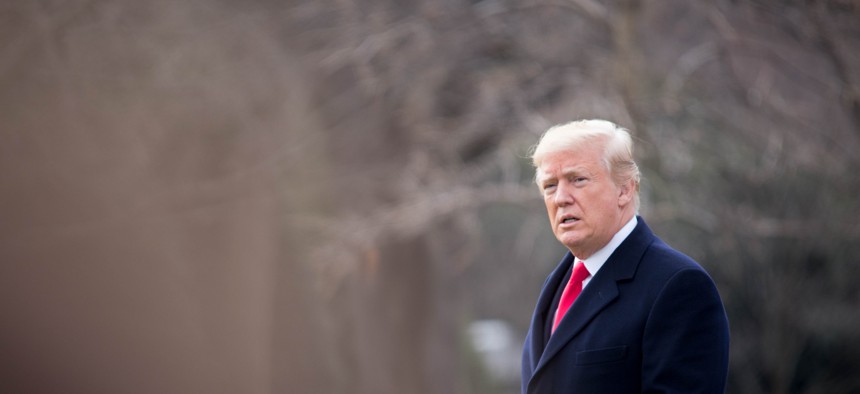Can Global Agreements Survive Without the US? Climate Change Offers A Test Case
American withdrawal from the Paris agreement is a test for the future of the globe, but also for the international order.
One year ago, President Trump announced that he planned to withdraw the United States from the Paris climate agreement. The decision derived from Trump’s insistence that climate change is a “hoax” and his determination to overturn as much of his predecessor’s legacy as possible. It also matches with Trump’s insistence that the U.S. doesn’t need the rest of the world. In a material sense, that’s a bad bet: Whether or not the U.S. participates in climate pacts like Paris, the climate is going to change, and no wall can keep rising temperatures, and their effects, out.
But the U.S.-global relationship flows the other way, too: There are times when the world needs the U.S., and the effort to slow climate change is shaping up as one of those. Even discounting the effect of U.S. emissions on the goal of limiting change to 2 degrees Celsius, it’s simply very hard for international agreements to function without the U.S. behaving as the enforcer. That makes Paris an interesting test case for whether global agreements can work with America withdrawing from the stage, and if so, whether anyone else can step up.
“The absence of the U.S. at a political level is visible. I was at the Conference of Parties in Bonn in November and the absence of the U.S. is absolutely felt,” Todd Stern, the Obama administration’s lead negotiator on Paris, said Sunday at the Aspen Ideas Festival, hosted by the Aspen Institute and The Atlantic. “There’s a lot of countries trying to pull back and backslide and it wouldn’t be happening the same way if the U.S. was there.”
The biggest risk of U.S. withdrawal hasn’t come to fruition, Stern said: Other countries didn’t pull out of the agreement after the U.S. did—in fact, Syria joined in November, making the U.S. the only country in the world that is opposed. Stern worries that current levels of effort still aren’t enough to make the 2-degree mark. “If the U.S. is not in there, the likelihood that you’re going to get other countries doing their best is just reduced,” he said. But despite the foot-dragging from some countries, the most important players are all working to reduce carbon emissions, even as the U.S. loosens restrictions domestically.
“China is definitely pushing forward. India, definitely pushing forward. They’re doing that domestically,” said Christiana Figueres, former longtime executive secretary UN Framework Convention on Climate Change. The motives behind that aren’t always altruistic: China’s leadership views clean technology as a huge economic growth opportunity.
China is an emerging superpower, and pundits have long speculated that it could replace the U.S. as the dominant force in international agreements. So far, however, that isn’t happening, Stern and Figueres said. They’re making strides domestically, but can’t seem to translate that into leadership among other countries. “It’s hard for other countries to align their political message with what is going on on the ground,” she said.
There’s an irony to this. For years, the rest of the world has often bridled at U.S. arrogance in foreign policy. Now, other countries are asking for the U.S. to assert its leadership at just the moment when the U.S. government is not only retrenching, as the Obama administration did, but withdrawing altogether. It turns out that while American power has sometimes bullied other countries into doing what they don’t want, it’s also a useful tool for forcing them to do the things they want to do but can’t on their own. Climate change will be a test for Trump’s isolationist vision and whether the world can find ways to work without the U.S acting as muscle. It’s unfortunate that the experiment’s stakes include the future of human life.
NEXT STORY: An Extraordinarily Expensive Way to Fight ISIS




